
Plants that love North Facing windows
You might think that every one of the windows in your home offers your houseplants the same amount of light. However, it really depends where the window is facing and there are really significant differences that mean some plants are better for certain windows than others.
We have curated this list of the top houseplants for north-facing windows which don’t get as much light as they are faced away from the sunlight (this is the opposite if you live in the southern hemisphere btw). So you’re looking for plants that are slightly more tolerant of lower light levels but still don’t mind being super close to the window. With north-facing windows, you can get away with putting plants there right through the summer as there is less risk of leaf burn as the sun rays just aren’t as strong.
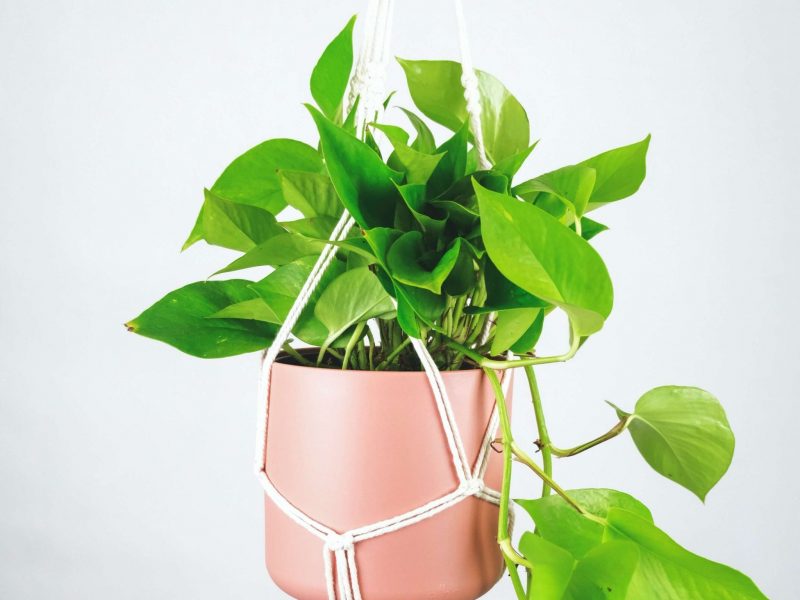
Devil's Ivy
Epipremnum aureum
These are pretty unique houseplants because they actually prefer lower-light conditions over anything else! That’s where the name comes from, as they are well acquainted with the darkness. If you have a variegated variety, it will actually start to lose its pattern if placed in too much sunlight. So you don’t need to feel guilty about putting a Devil’s Ivy in a shady spot or near a north facing window because it will actually love you for it.
They are also pretty hardy plants in terms of their other care requirements. They don’t need complicated watering schedules or specific pruning so are perfect for any new plant parents. You can’t really go wrong with these at all!
When it comes to styling the Devil’s Ivy plant, shelving is where they thrive as it gives it room to cascade dramatically out of the pot. They can be trained to grow upwards by a wall or moss pole so the option is yours but if you’re placing near the window it might be better to go for hanging so it doesn’t block out too much light.
Find out more in our Devil's Ivy care guide.
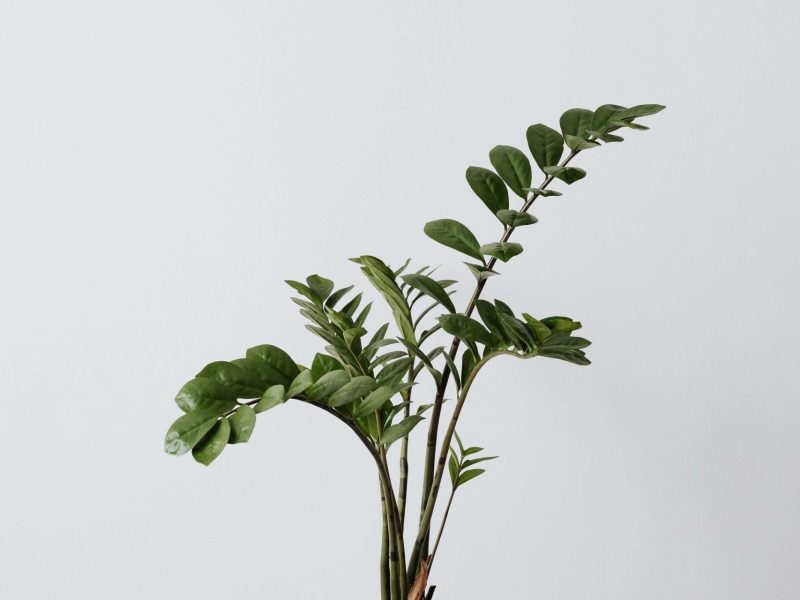
ZZ Plant
Zamioculcas zamiifolia
Also known as the Zanzibar Gem, the ZZ Plant is a great low-maintenance minimalist houseplant. Loved for their dark green glossy oval leaves, we recommend this one for those without a fantastic track record of keeping plants alive, but also for anyone looking for something smart and stylish to spruce up their home. They are very adaptable and will deal well with some bright but indirect light, as well as shady dark corners of your home so you can put this as close or far away from the window as you like.
The ZZ Plant is quite slow-growing so you won’t see new stems popping out all of the time. It’s important to note that they grow bulb-like roots called rhizomes so will need quite a large pot to really thrive and grow. This also means they are drought tolerant as they store water in their rhizomes.
Find out more in our ZZ Plant care guide.
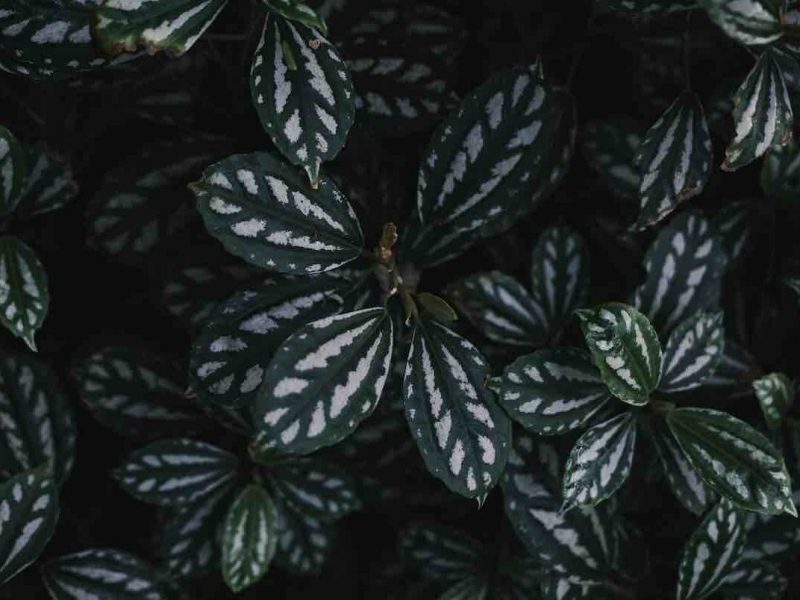
Aluminium Plant
Pilea cadierei
This low maintenance, fast-growing houseplant can sometimes be quite underrated in the houseplant world. Each leaf on an Aluminium Plant has its own unique set of silver streaks and splashes, so it’s easy to see how it got its name!
Native to China and Vietnam, this houseplant tends to spread out rather than grow tall. The one thing to be wary of is its root system as it can grow so extensively that it can often break through the pot so you want to make sure you’re repotting this plant yearly!
When it comes to care, indirect sunlight and moderate amounts of water will keep them happy so you’ll want to put this one quite close to the window. They are quite forgiving and easy to please so keeping this one thriving doesn’t need a lot of work so we often recommend this as a great entry-level plant.
Find out more in our Aluminium Plant care guide.
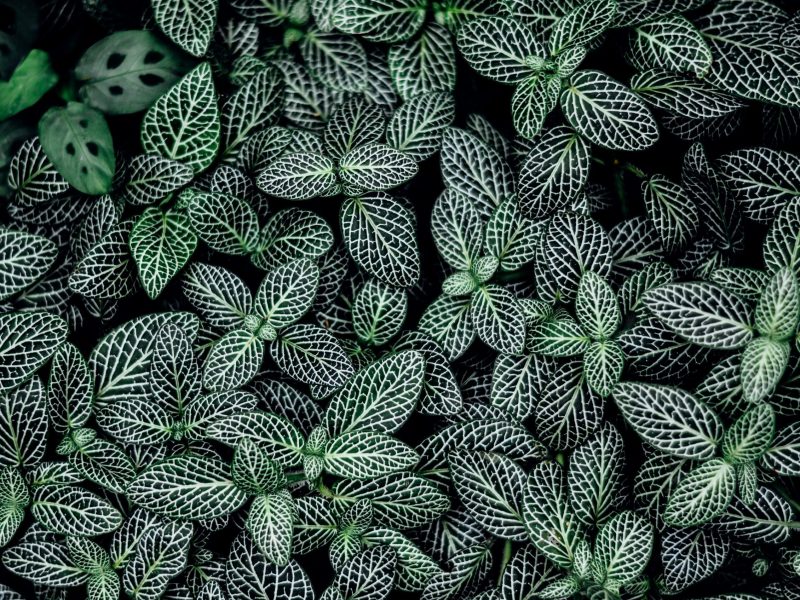
Nerve Plant
Fittonia albivenis
With delicate leaves, Nerve Plants are low-growing spreader plants that aren’t always the easiest to care for so avoid this one if you’re a beginner plant parent. The most popular and common variety is silver and green-veined, though you’ll also often spot varieties with white, pink or red veins and leaves too!
They have quite specific care requirements and are quite fussy about balancing the level of light, water, humidity and temperature. If there is one tip we can give you it would be to mist your plant at every opportunity you have to prevent them from drying out. But if you can get the care routine nailed down, then they are totally worth the extra hassle! They will deal well with being pretty close to a north facing window as they don’t like extremes and too much or too little light can cause some serious issues.
Find out more in our Nerve Plant care guide.
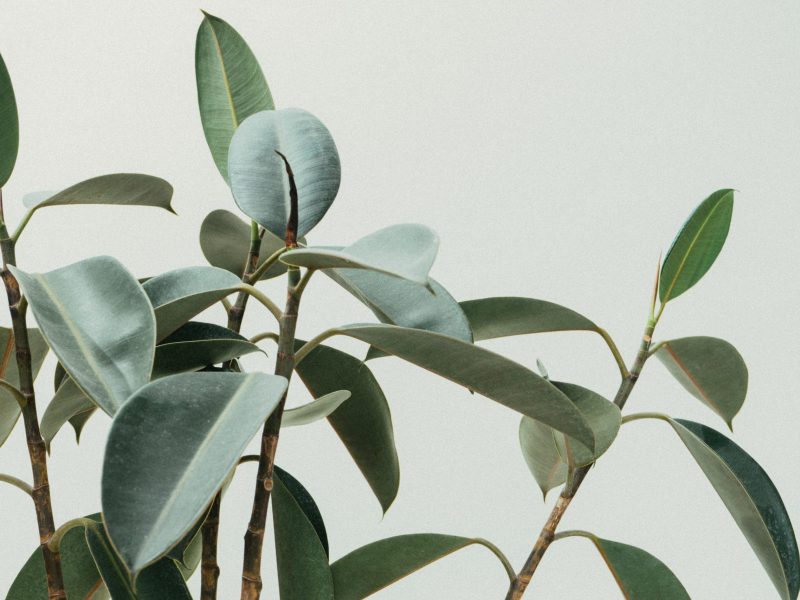
Rubber Plant
Ficus elastica
The name Rubber Plant comes from the latex in the leaves, which was once used to actually make rubber! They are a great plant to bring a little bit of that rainforest feel right into your home. And whilst they can reach about 30 metres in their native environment, when potted in your home they’ll be much smaller don’t worry!
Caring for your Rubber Plant doesn’t have to be difficult. Good light levels and not too much water are the basics to remember so they’ll love being pretty close to your north facing window. As they are native to Southern Asia, they love humidity and will really struggle with dry air so regularly misting will keep your plant happy and healthy.
Find out more in our Rubber Plant care guide.
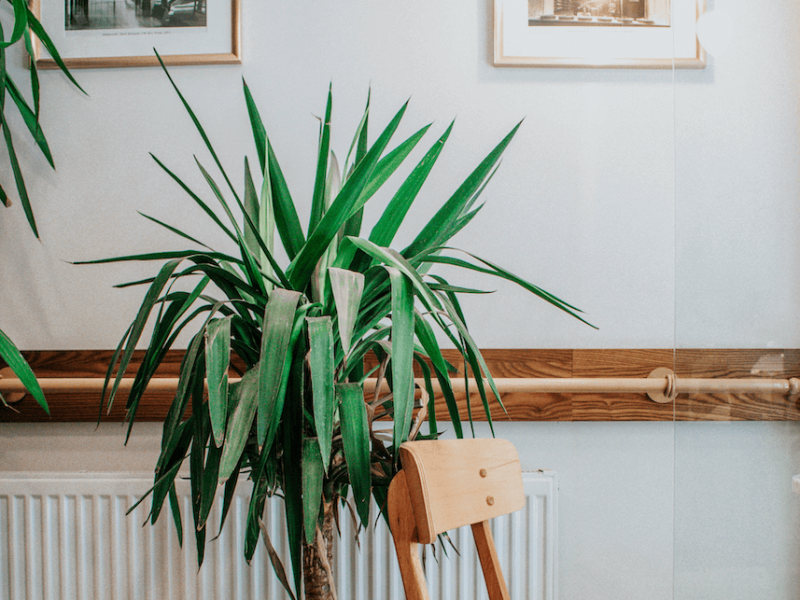
Yucca
Yucca elephantipes
A staple of many homes, the Yucca is one of the most popular houseplants and you’ll often see them around offices, shops and restaurants too! They’re super easy to care for so are perfect for all plant parents. They were very popular in the ’70s so are a great way to get a little bit of vintage style in your home.
As they mature, Yucca plants can grow about 2 metres in height so make it the perfect feature plant for your space. They are very slow-growing though so if you don’t have as much space, a smaller plant won’t outgrow the room very quickly.
They are very low maintenance and can adapt to most light levels, temperature and humidity levels but unfortunately, they are toxic to keep that in mind if you have pets or small children.
Find out more in our Yucca care guide.
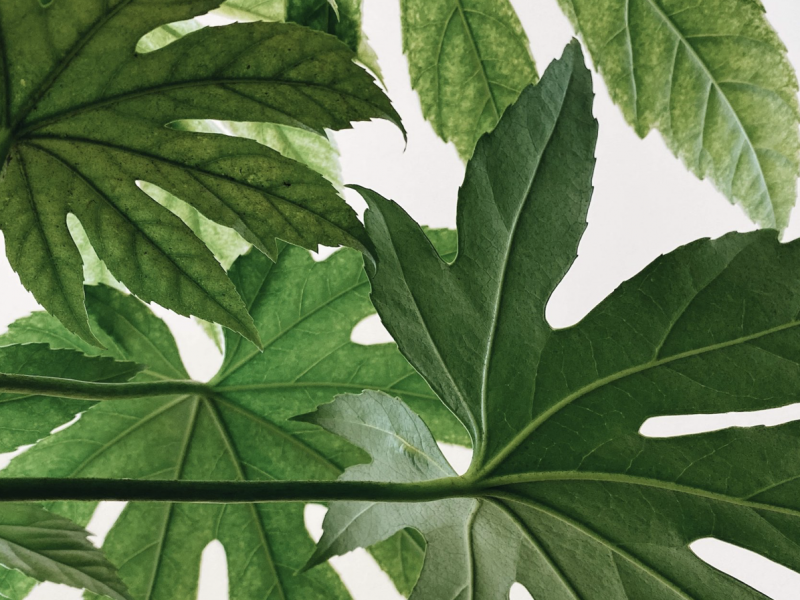
Money Tree
pachira aquatica
The Money Tree is a great tropical looking houseplant, that is actually super easy to care for and can live for 10–15 years if properly maintained. They originate from Mexico but are very common throughout the world due to their ease of care, in their natural habitats they can grow all the way to 18 meters tall!
Money Trees are great for north-facing windows as they’ll adapt well to the fluctuations in light across the year. Money Tree can also adapt to fluorescent lighting, making them great for offices or other commercial spaces. With them also being pet safe and simple to keep happy, we think they are a greater starter plant for budding plant parents.
Find out more in our Money Tree care guide.
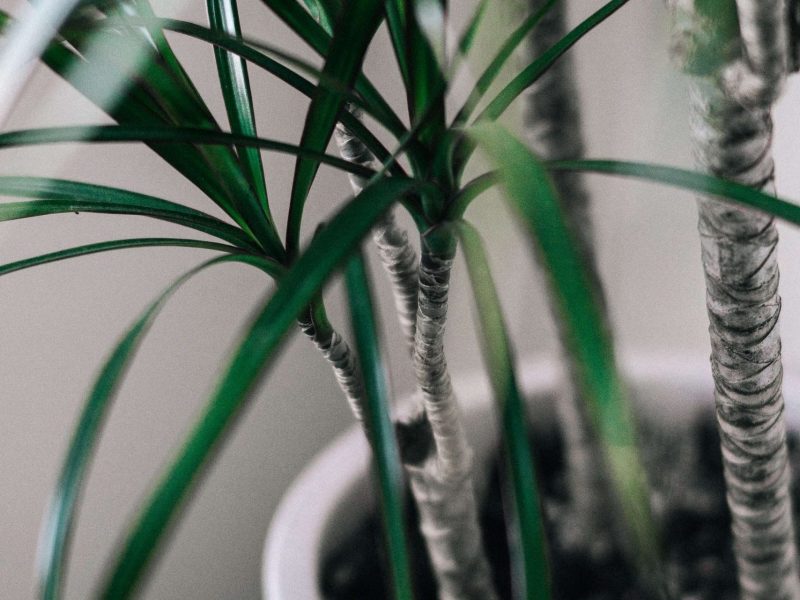
Dragon Tree
Dracaena draco
The Dragon Tree was actually our first ever houseplant and ignited our initial love for caring for indoor plants many years ago. Native to Madagascar, it’s a timeless plant that brings elegance and style to every room. They are also super easy to care for and are great at purifying the air which makes them the perfect entry-level houseplant.
You’ll have a hard time trying to kill a Dragon Tree as they are pretty drought-tolerant and forgiving when it comes to light, temperature levels and humidity so it’ll adapt well to a room with a north-facing window.
Although they can reach up to 6 metres in their natural outdoor habitat, they’ll only ever get to about 1.5/2 metres when grown indoors (and even this will take years and years) so you don’t need to worry about it getting too big to handle.
Find out more in our Dragon Tree care guide.
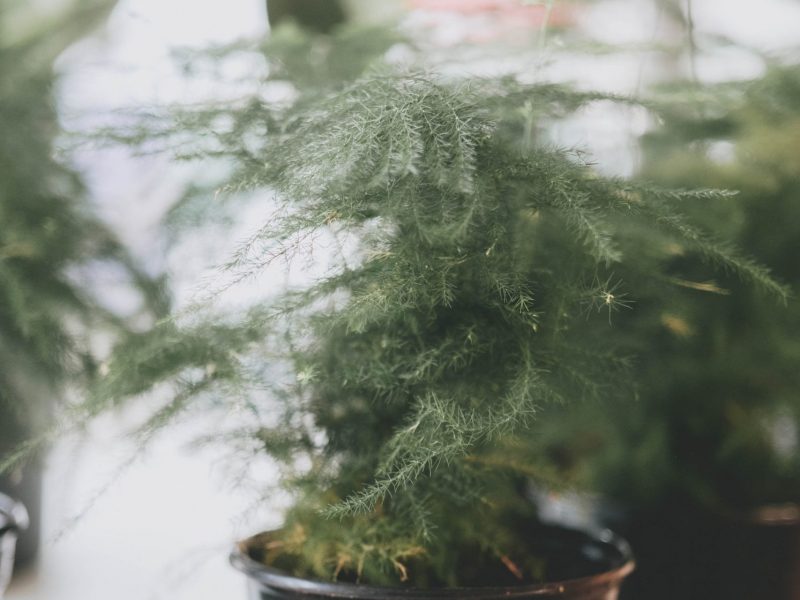
Asparagus Fern
Asparagus Setaceus
The Asparagus Fern is such an elegant little houseplant – and although they look like they’ll be hard work to keep happy, they’re actually pretty simple to care for. Given the right conditions, they can grow extremely quickly and you’ll find new stems popping up every week.
They aren’t too fussy on light conditions (which is why they’re on our north-facing window list!) or watering schedules, but humidity is a must for them. Make sure to give them a spray with a mist bottle every 3-5 days or place near a humidifier to keep them happy in the long term. The leaves and stems will yellow if they aren’t happy, if that happens to you then just give your Asparagus Fern another spray down and a little extra water.
Find out more in our Asparagus Fern care guide.
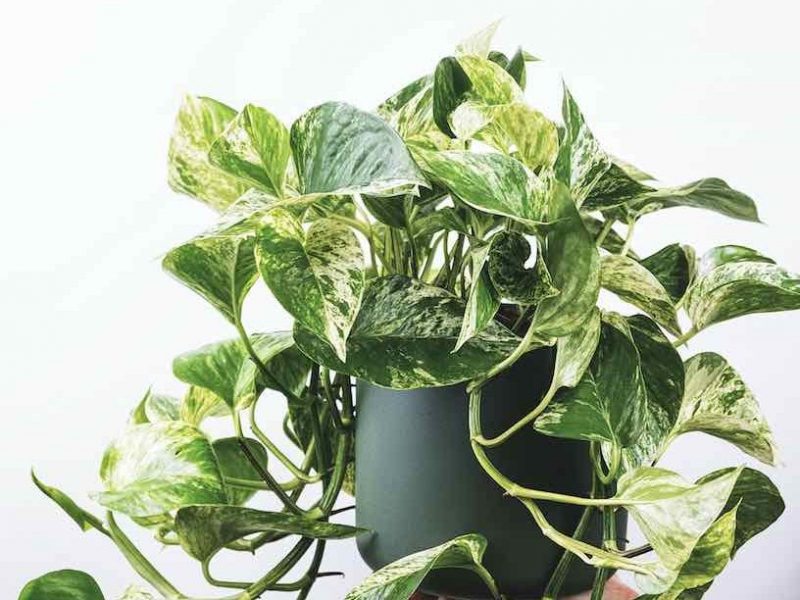
Marble Queen Pothos
Epipremnum Pinnatum
There are so many different varieties of Pothos plants, all with slightly different leaf variegation but the Marble Queen is definitely one of our favourites. Getting its name from the cream marble-like variegation on its leaves, it’s an easy-going, hardy and low light loving plant that can adapt to most spots in your home, even a north-facing window!!
The Marble Queen Pothos is a pretty fast-growing plant so make sure you have enough space for it to mature. You can choose to grow them as trailing plants with long cascading vines or vertically by attaching them to a moss pole. Pothos plants are unfortunately toxic so you’ll want to keep them away from pets and small children who might try and nibble on the low hanging leaves.
Find out more in our Marble Queen Pothos care guide.














